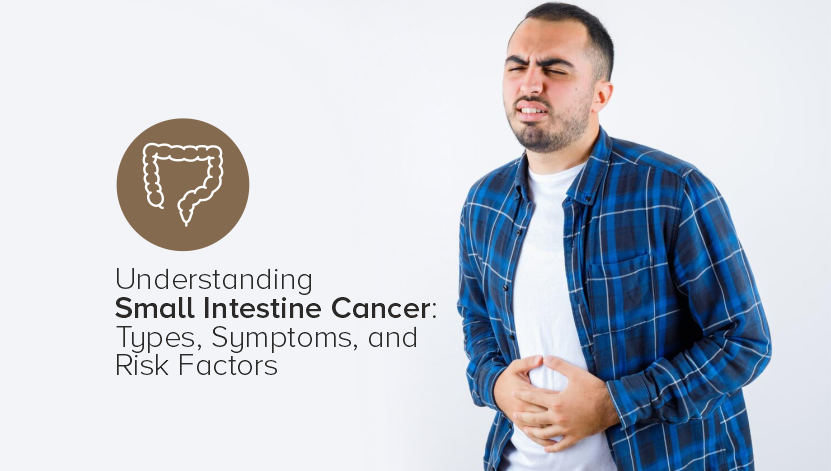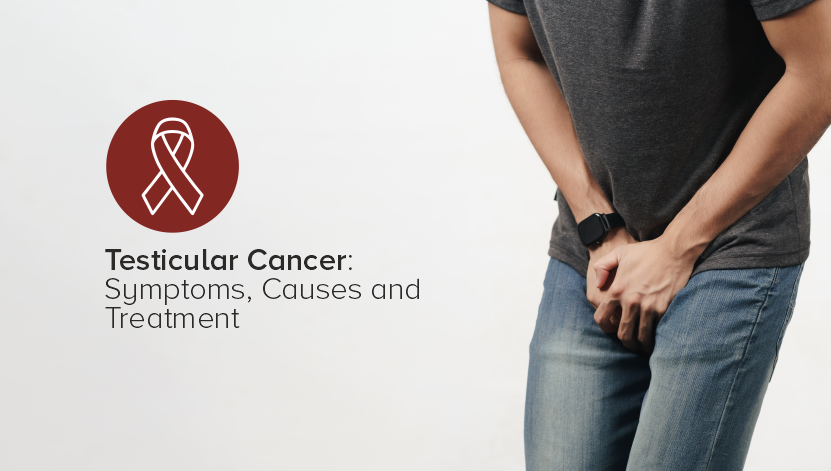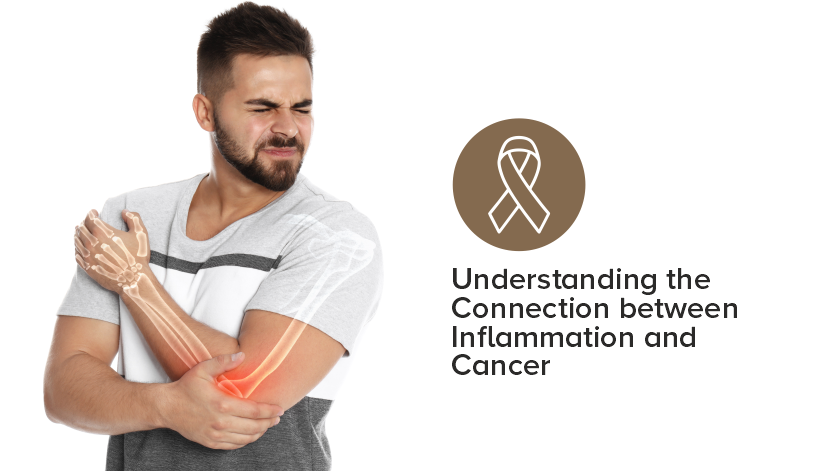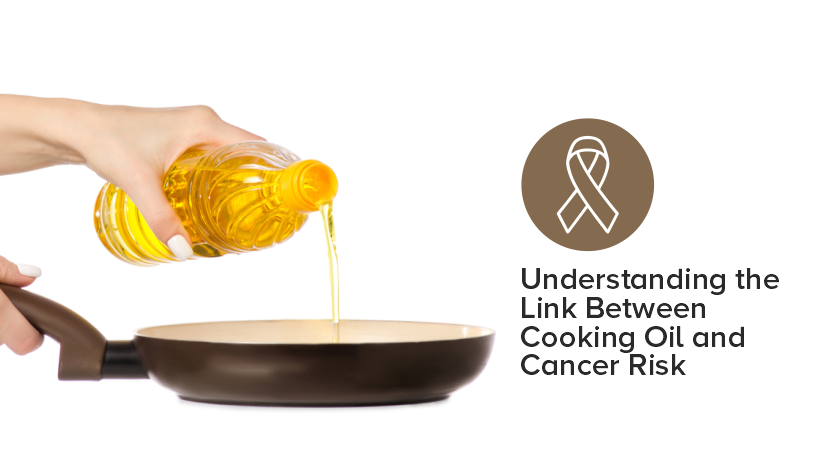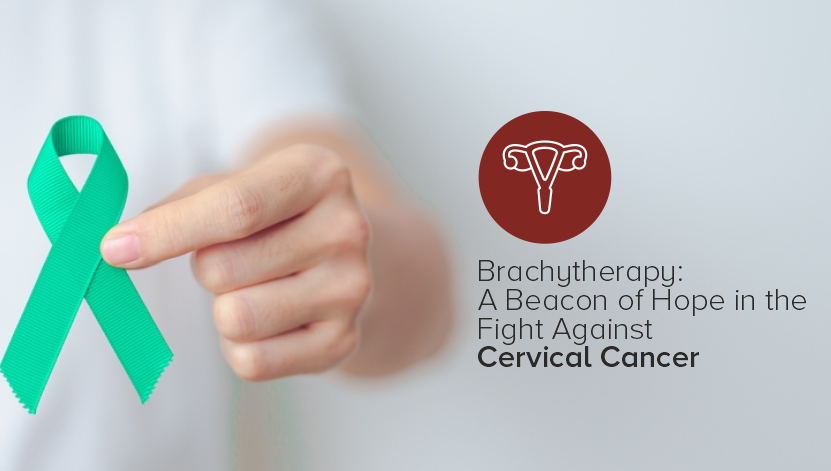
Lump in Armpit: Should I Worry?
Understanding Small Intestine Cancer: Types, Symptoms, and Risk Factors
Understanding Testicular Cancer: Symptoms, Causes, and Treatment
Understanding the Connection between Inflammation and Cancer
Understanding the Link Between Cooking Oil and Cancer Risk
Brachytherapy: A Beacon of Hope in the Fight Against Cervical Cancer
Cancer of the Cervix: A sexually transmitted infection?
Do contraceptives reduce or increase the risk of cancer?
Does Smoking Cause Colon Cancer?
Dry Shampoo and Cancer Risk
Early Signs of Stomach Cancer: Understanding the Warnings
Is it possible for oral cancer to metastasize to the brain?
Is prostate cancer inherited through family genes?
Lump Behind the Ear: When to Be Concerned?
Understanding Acute Myeloid Leukemia (AML): Types, Symptoms and Risk Factors
Understanding Adrenal Cancer: Types, Symptoms, and Risk Factors
Understanding Carcinoma: Symptoms, Causes, and Treatment
Understanding Head and Neck Cancers: Not Just Another 'Lifestyle' Cancer
Understanding Lung Cancer in Women: Early Signs, Risks, and Treatment
Understanding Meningioma: Types, Causes, Symptoms, and Treatment
Understanding Oropharyngeal Cancer: Causes, Symptoms, and Risk Factors
10 Signs You Might Have Throat Cancer
Best diet for Prevention of Oral Cancer
The Sweet Truth: Can Dark Chocolate Sweeten Your Chances Against Cancer?
Can Hair Relaxers and Straighteners Cause Uterine Cancer?
Is It Safe to Get Pregnant with Breast Cancer?
Can Breast Cancer Spread to Lungs?
The Untold Truth About Cancer Transmission Through Saliva
Understanding Colon Cancer: Symptoms, Causes, and Diagnosis
How Do Endometrial Cancer and Ovarian Cancer Differ?
Unveiling the Unseen Danger: How Skin Cancer Can Be Deadly
Liver Cancer and Low Hemoglobin: Understanding the Connection
Understanding Lung Cancer Cough: Causes, Symptoms, and Treatments
The Definitive Guide to Lung Cancer Screening: Who, When, Why, and How
Lung Cancer: A Comprehensive Guide to Understanding, Detecting, and Dealing with the Diagnosis
Sun's Out, Shields Up: The Ultimate Guide to Skin Cancer Prevention
The Invisible Threat: Secondhand Smoke
The Silent Assassin of Our Skeletons: Tobacco Smoking and Bone Health
Understanding Bone Cancer – From Diagnosis to Prognosis
Understanding Breast Cancer: ‘Pink’ Beyond Just a Color
Understanding Skin Cancer: A Comprehensive Guide to Detection and Treatment
Unveiling the Mysteries of Vulvar Cancer: Everything You Need to Know
Anal Cancer
Demystifying Brain Tumours: Types, Symptoms, Diagnosis, and Treatment
Breast Reconstruction Surgery
Can a Dental X-Ray Detect Throat Cancer?
Can Breast Cancer Spread from One Person to Another? Understanding the Myths and Realities
Understanding Cancer-Related Fatigue: Causes, Management, and Prevention
Understanding the Nuances: Cirrhosis vs. Liver Cancer
The Genetic Shadow on the Skin: Understanding Familial Melanoma
Who Is Most Prone To Bone Cancer?
How to Diagnose and Treat Multiple Myeloma?
How to Spot Skin Cancer with the ABCDE Rule?
Is Obesity Linked to Cancer? Tips to Avoid Obesity and Reduce Cancer Risk
7 Warning Signs of Lung Cancer One Shouldn't Ignore
Understanding Lymphoma: A Detailed Look at a Cancer of the Lymphatic System
Meningioma: Understanding Types, Causes, Symptoms, and Treatments
Mouth Cancer: Causes, Symptoms, and Risk Factors
Understanding the: Multiple Myeloma
Ovarian Cancer: Early Signs, Detection & Treatment
Understanding Pancreatic Cancer: Symptoms, Causes, Risk Factors, Diagnosis, and Treatment
Signs You Might Have Throat Cancer
The Role of Family History in Breast Cancer: Understanding the Connection
Thyroid Cancer: An In-Depth Guide to Understanding This Silent Predator
Top 5 Tips to Prevent Colon Cancer
Understanding Chemotherapy: A Comprehensive Guide
Understanding Colon Cancer: Causes, Symptoms & Risk Factors
Are All Tumors of Kidney Cancerous?
Are Headaches a Sign of Brain Tumors?
Breast Cancer in Men: A Comprehensive Guide
Can Someone Have 2 Different Cancers Simultaneously?
Diagnosis and Treatment for Head & Neck Cancer
Do Microwave Ovens Cause Cancer? Unveiling Facts and Busting Myths
Does Ovarian Cancer Affect Your Chances at Pregnancy?
How to Cope with Hair Loss During Chemotherapy?
Understanding PET-CT scan with American Oncology Institute in Gurugram
Recognizing the Signs and Symptoms of Brain Cancer
Brain Tumor Awareness: Types, Symptoms, and Treatment Options
Breast Cancer Beyond Pink Ribbons: Myths and Facts
Colon Cancer: Signs & Symptoms
Colorectal Cancer in Young Adults: Risks and Early Signs
Colorectal Cancer Prevention: The Importance of Lifestyle Choices and Screenings
Decoding Colorectal Cancer: Risk Factors and Early Detection
Empowering Survivors: Life After Breast Cancer Treatment
Everything You Need to Know About Bile Duct Cancer Symptoms
Gynaecological Cancers Unveiled: Types and Symptoms
Hereditary Breast Cancer: Genetic Factors and Risk Reduction
Knowing Your Breast Cancer Lumps for Early Detection
Lung Cancer and Smoking: Understanding the Connection
Navigating the Journey: Living with Lung Cancer
Pelvic Cancer: A Comprehensive Guide to Diagnosis and Care
Pelvic Cancer - Everything You Need to Know
Prostate Cancer in Men: Addressing Common Concerns
Signs and Symptoms of Small Intestine Cancer
Thyroid Cancer and Pregnancy: Managing Challenges with Care
Understanding Liver Cancer Stages and Survival Rate
Understanding Meningioma: Symptoms, Causes, and Treatment Options
Understanding Metastatic Brain Tumor – Causes, Symptoms, and Treatment
Understanding Prostate Cancer: Early Detection and Treatment Options
Understanding Thoracic Cancer: Symptoms, Causes, and Treatment
Understanding Thyroid Cancer: Types and Treatment Advances
Advanced Gastrointestinal Cancer Treatments at AOI Hyderabad
Advancing Brain Tumour Care: American Oncology Institute Hyderabad
Blood Cancer Diagnosis and Treatment at American Oncology Institute, Hyderabad
Blood Cancers: Early Signs, Symptoms, and Detection at American Oncology Institute, Hyderabad
Brain Tumours: Early Detection and Treatment by the American Oncology Institute, Hyderabad
Breast Cancer Care at American Oncology Institute: A Comprehensive Guide
Early Detection Strategies for Gastrointestinal Cancers: A Guide from American Oncology Institute, Hyderabad
Gastrointestinal Cancers: Strategies for Prevention and Treatment
Cervical Cancer: Causes, Symptoms, Prevention & Treatment
Gynaecological Cancers: Insights from American Oncology Institute, Hyderabad
How Often Should Women Be Screened for Cervical Cancer?
Understanding Pancreatic Cancer: Causes, Symptoms & Treatment
Understanding Rectal Cancer: Causes, Symptoms & Treatment
Understanding and Overcoming Breast Cancer at American Oncology Institute, Hyderabad
Understanding and Overcoming Gynaecological Cancers with American Oncology Institute, Hyderabad
Understanding Different Blood Cancers and Treatment Options at American Oncology Institute, Hyderabad
Understanding the Stages of Cervical Cancer
Vaginal Cancer: Causes, Symptoms & Treatment
Vulvar Cancer: Causes, Symptoms & Treatment
Gastrointestinal Cancers: Symptoms and Advanced Treatments at American Oncology Institute, Hyderabad
5 Reasons for Colorectal Cancer Screening at American Oncology Institute, Hyderabad
7 Strategic Approaches for Early Detection of Gynaecological Cancers
8 Life-Saving Tips for Preventing Breast Cancer from American Oncology Institute, Hyderabad
A Comprehensive Guide on How to Reduce Side Effects of Radiation Therapy
Understanding Chemotherapy Side Effects: 18 Ways Chemo Affects You
The Silent Killer: Prostate Cancer and Everything You Need to Know
Improving Immunotherapy for Advanced Prostate Cancer: A Closer Look
Radiation Therapy for Prostate Cancer: IMRT, EBRT, Brachytherapy & More
What to Expect After Radiation Treatment for Prostate Cancer?
Understanding the Different Types of Treatment for Prostate Cancer
The Side Effects of Radiation Treatment for Cancer: What You Need to Know
A Step by Step Guide to Understanding PET Scans
Combatting Cancer with a PET CT Scan: A Comprehensive Guide
Unveiling the Truth: Foods that May Increase the Risk of Cancer
Immunotherapy for Cancer: Types, Benefits and Side Effects
The Truth About Non-Smokers and Lung Cancer
The Benefits of PET CT Scan for Breast Cancer Diagnosis and Treatment
The Power of PET CT Scans: What Makes Them So Effective?
Ureteral Cancer: Causes, Symptoms, Prevention and Treatment
Exploring the Different Types of Radiation Used for Cancer Treatment
Essential Facts About Oral Cancer-What Everyone Must Know
Breath by Breath: Revolutionizing Lung Cancer Treatment with Immunotherapy
Brain Tumor Prevention – A Primer on Reducing Your Risk
Bladder Cancer Treatment: Comparing Surgery and Immunotherapy
Comprehensive Guide to Cancer Support Services
The Promise of Artificial Intelligence in Brain Tumor Diagnosis and Treatment
Breathing Easy: Personalized Paths in Lung Cancer Treatment
Long-Term Survivorship and Follow-Up Care in Uterine Cancer Treatment
Managing Side Effects of Radiation Therapy: Tips for Patients and Caregivers
Uterine Cancer and Fertility: Exploring Your Options for Family Planning
Emerging Biomarkers in Bladder Cancer Treatment
Robotic-Assisted Surgery in Kidney Cancer Treatment
Uterine Cancer Targeted Therapies: Precision Medicine Approaches
The Connection Between Air Pollution and Lung Cancer
Multimodal Approaches to Lung Cancer Treatment
Bladder Preservation Strategies in Cancer Treatment: Balancing Efficacy and Functionality
Navigating Melanoma Identification: Understanding the ABCDE Method
The Second Opinion: A Key Element in Your Cancer Journey
The Importance of Staying Hydrated for Cancer Patients
The Nutrition and Cancer Prevention: Understanding the Role of Diet
The Heat is On! Embracing Summer While Battling Cancer
Who are Radiation Oncologists? A Closer Look at this Profession
A Comprehensive Guide to Understanding and Preventing Liver Cancer
Coping with Cancer-Related Anxiety and Depression
6 Ways You Can Prevent Kidney Cancer
The Role of Diet in Kidney Cancer Prevention and Management
Lifestyle Changes that can Help Prevent Cancer
Rectal Cancer Treatment
A Unique case of Hyper-IgE Syndrome
Awareness of Risk Factors is Key to Preventing Stomach Cancer
Lung Cancer Prevention – Knowing it better
Breast Cancer – Beyond the basics
Colorectal Cancer Treatment Calicut Kozhikode
World Brain Tumour Day 2021
Immunotherapy in Cancer
Oral, Head and Neck Cancer Awareness and Prevention Can Save lives
Surgical Management of Breast Cancer
Co-relation of early detection & excellent patient outcomes!
Know More About the Cancer
Cervical Cancer : Questions and Answers with Radiation Oncologist Dr Rajeev Shrivastava
No Tobacco Day | Do not let Tobacco destroy your health
Breast Cancer Recurrence
Giant cell tumor of bone (Osteoclastoma)
Immunotherapy in lung cancer
Understanding Cervical Cancer
Breast cancer and radiotherapy – Exploring various aspects
Radiotherapy in Head and Neck Cancer
PET/CT SCAN
NSCLC – Type lung cancer is on rise and here’s what you need to know
Common Misconceptions About Breast Cancer
Know about gynaecological cancers and their prevalence in northern parts of India
Things you need to know about thyroid cancer
Now this: personalised cancer treatment
A complete lowdown on cancer
Early Diagnosis is key to fighting Lung Cancer
Fight breast cancer with advanced treatment
World no tobacco day
A complete low down on anemia caused by iron deficiency
Cancer Facts
Steps to reduce the risk of cancer
Dietary habits and cancer
Physical activity and cancer
Most Common Cancers Affecting Women
Cancer treatment with radiation therapy
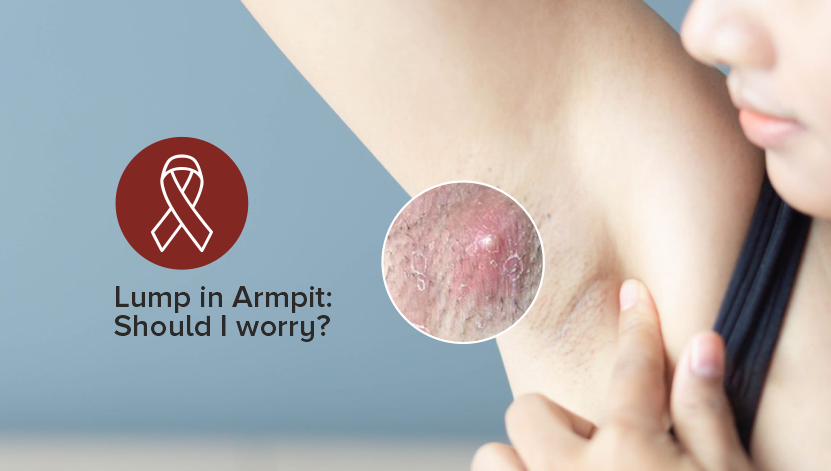
Lump in Armpit: Should I Worry?
2024-04-25
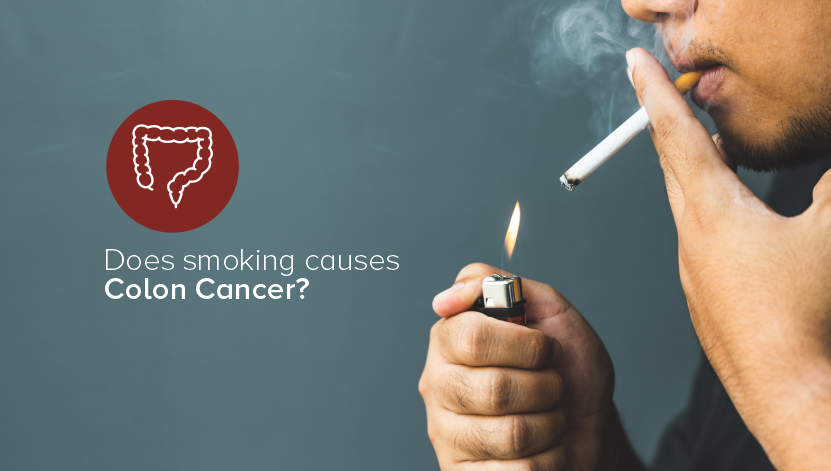
Does Smoking Cause Colon Cancer?
2024-04-23

Dry Shampoo and Cancer Risk
2024-04-23
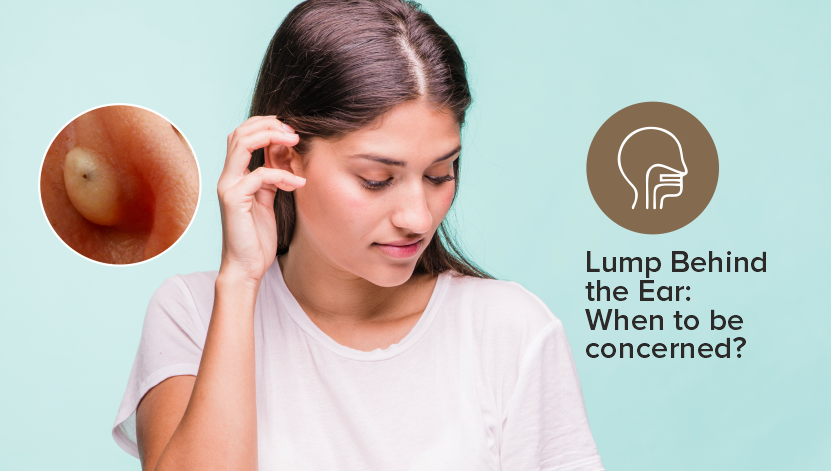
Lump Behind the Ear: When to Be Concerned?
2024-04-23
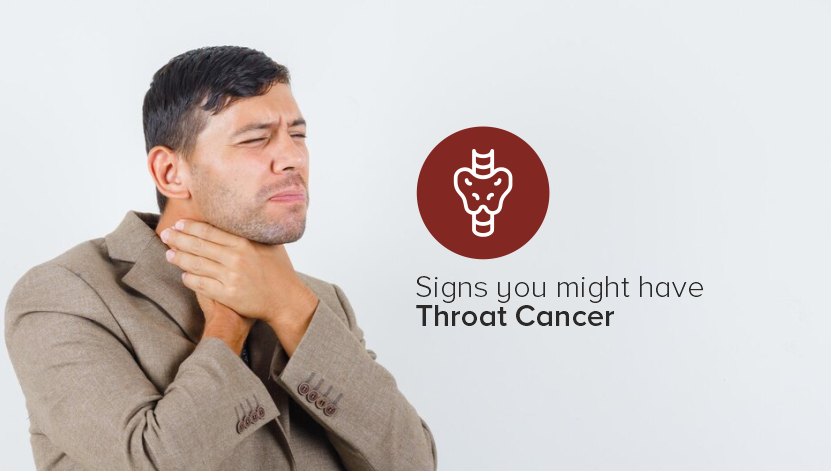
10 Signs You Might Have Throat Cancer
2024-04-22

Best diet for Prevention of Oral Cancer
2024-04-22

Can Breast Cancer Spread to Lungs?
2024-03-22
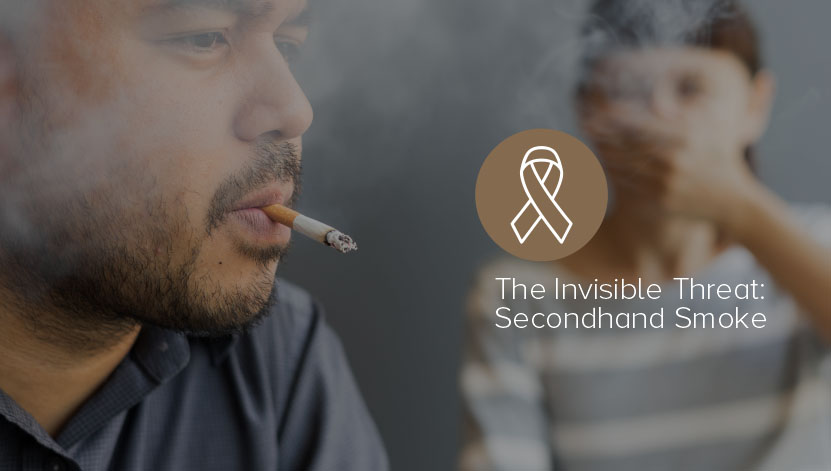
The Invisible Threat: Secondhand Smoke
2024-03-21
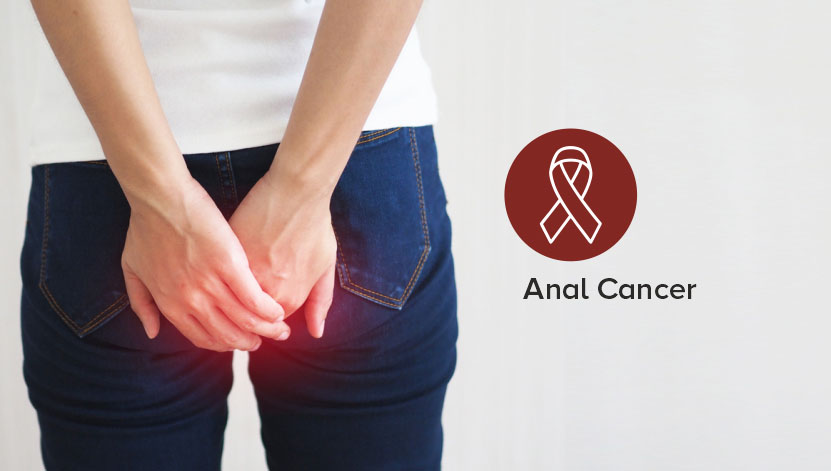
Anal Cancer
2024-03-21
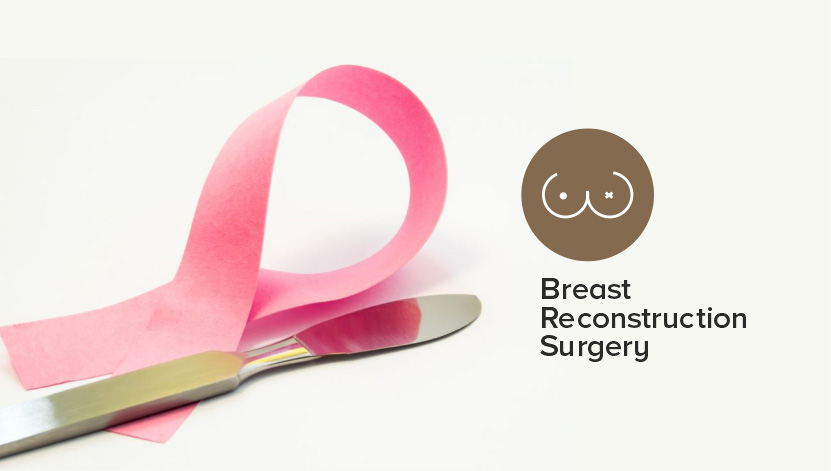
Breast Reconstruction Surgery
2024-03-21
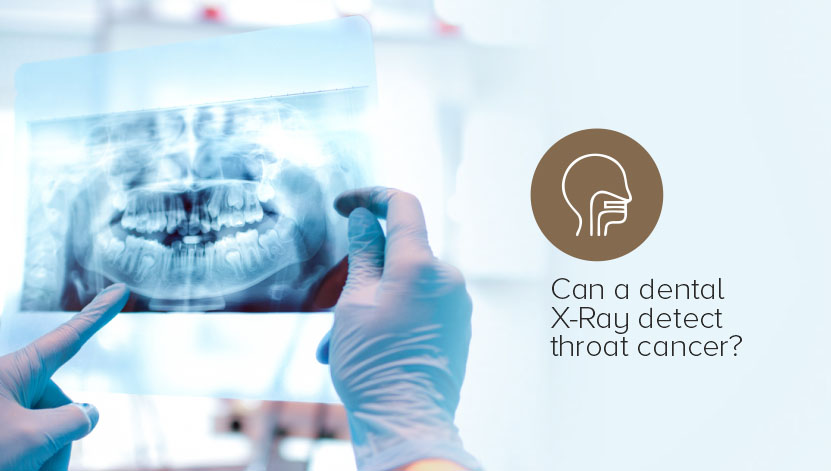
Can a Dental X-Ray Detect Throat Cancer?
2024-03-21
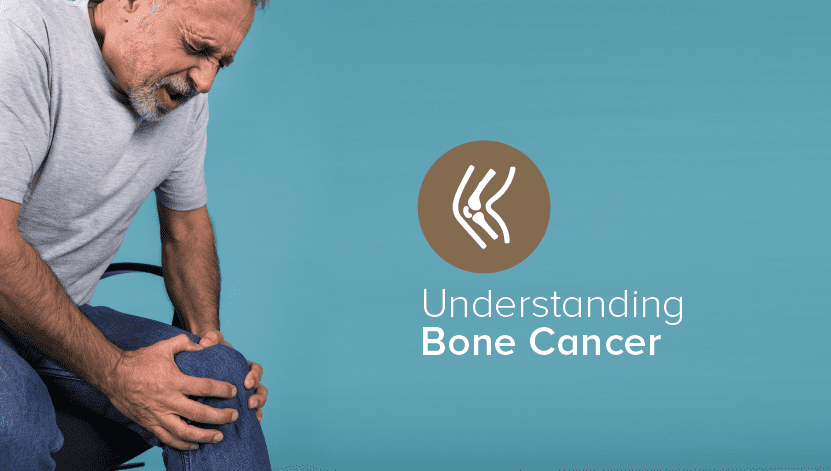
Who Is Most Prone To Bone Cancer?
2024-02-23
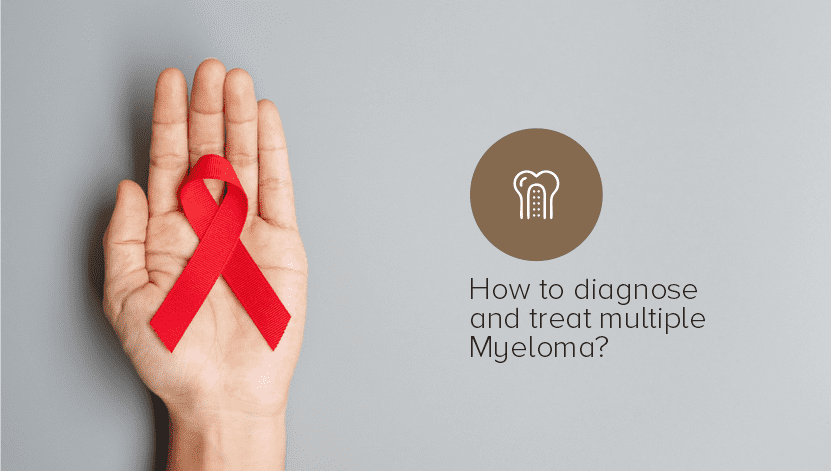
How to Diagnose and Treat Multiple Myeloma?
2024-02-20

How to Spot Skin Cancer with the ABCDE Rule?
2024-02-20
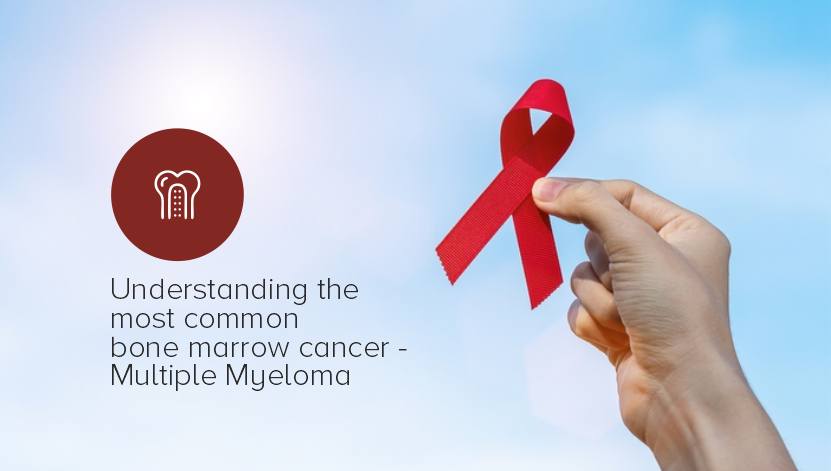
Understanding the: Multiple Myeloma
2024-02-20
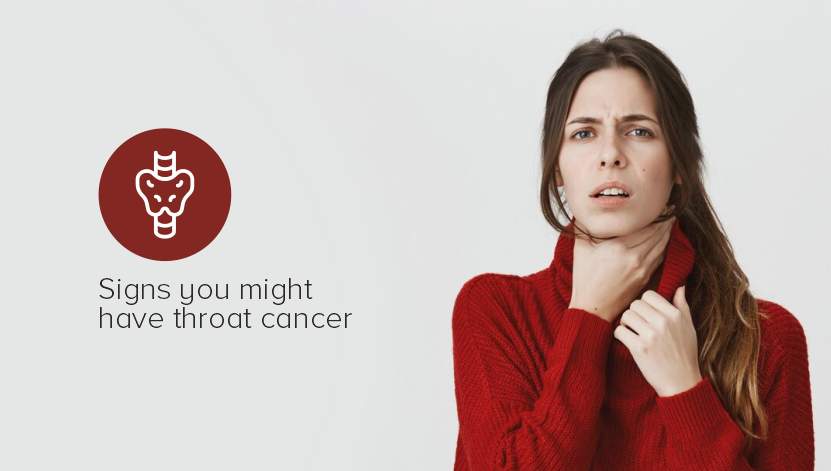
Signs You Might Have Throat Cancer
2024-02-20
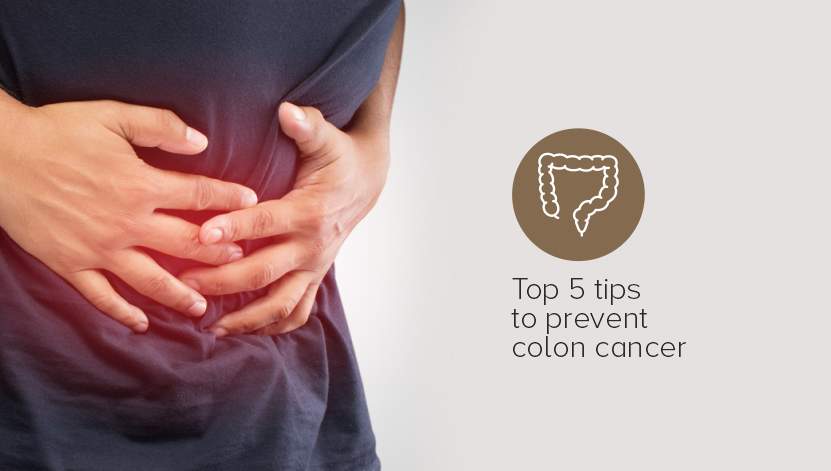
Top 5 Tips to Prevent Colon Cancer
2024-02-20
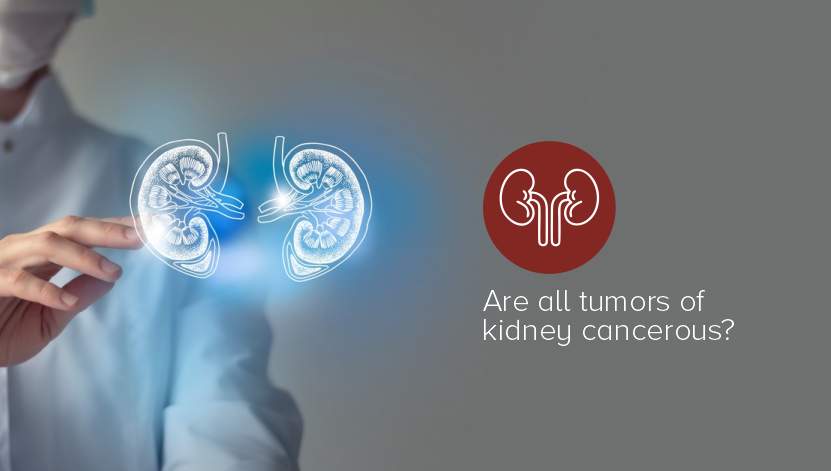
Are All Tumors of Kidney Cancerous?
2024-02-19
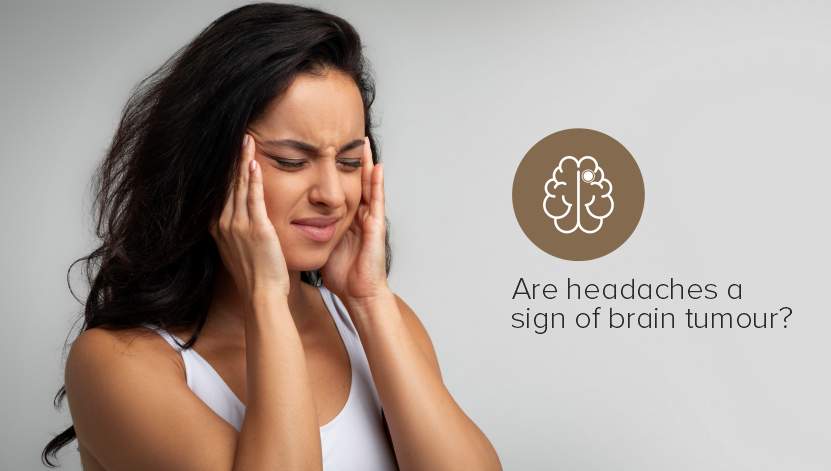
Are Headaches a Sign of Brain Tumors?
2024-02-19
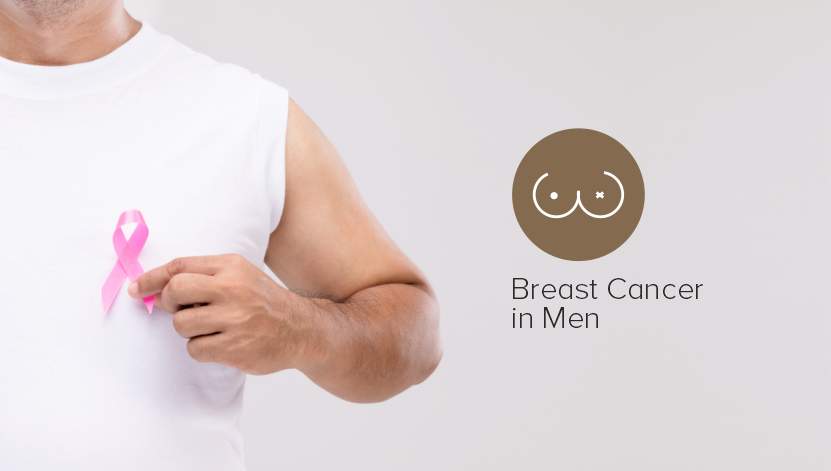
Breast Cancer in Men: A Comprehensive Guide
2024-02-19
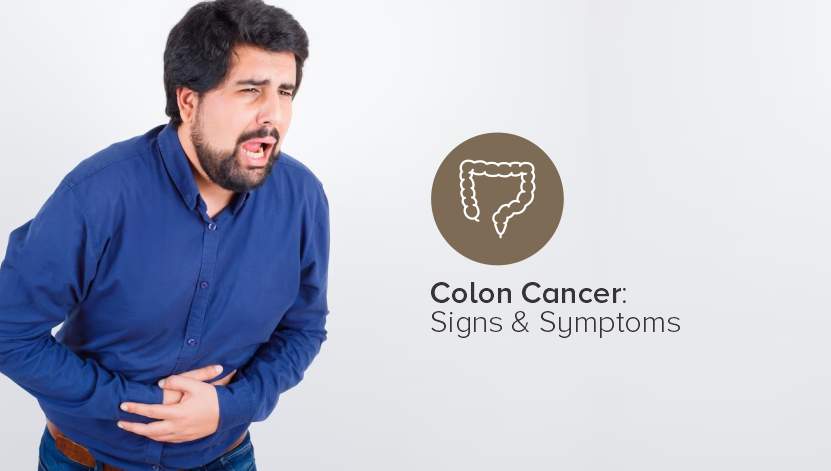
Colon Cancer: Signs & Symptoms
2024-01-19
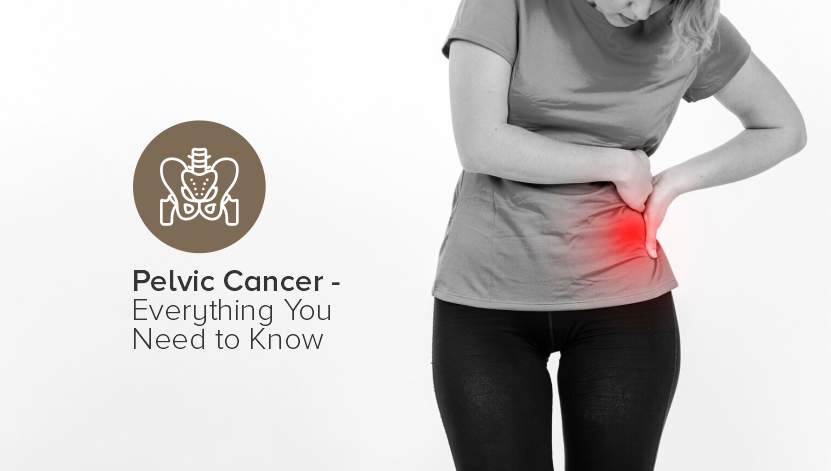
Pelvic Cancer - Everything You Need to Know
2024-01-19

Signs and Symptoms of Small Intestine Cancer
2024-01-19
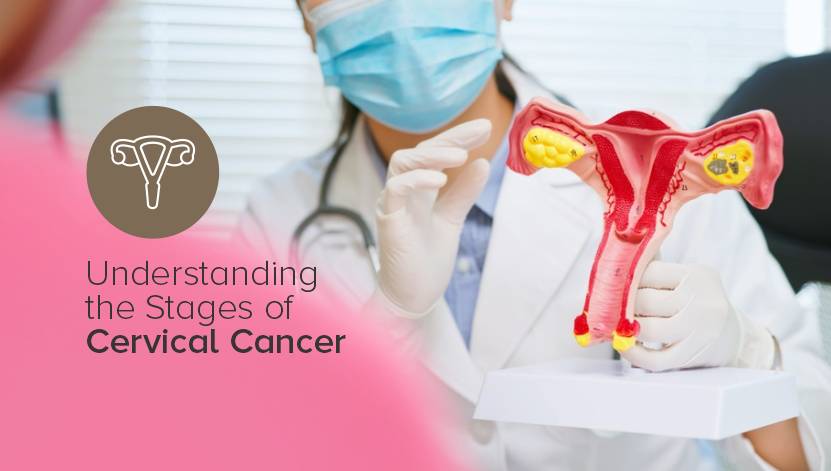
Understanding the Stages of Cervical Cancer
2023-12-27
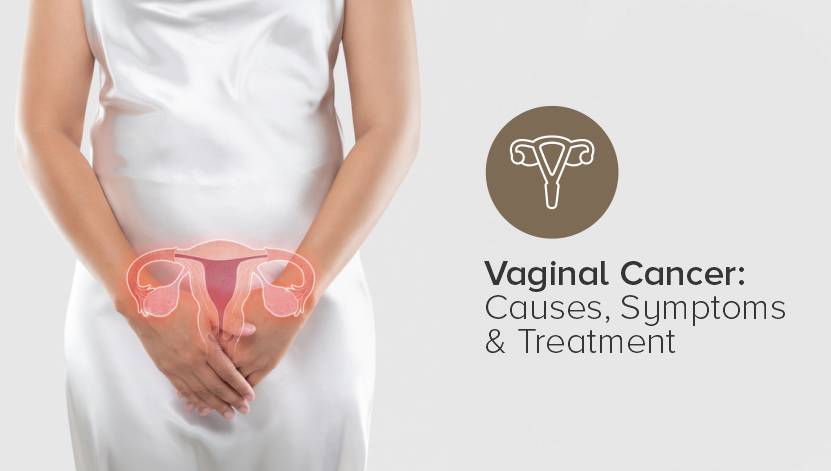
Vaginal Cancer: Causes, Symptoms & Treatment
2023-12-27
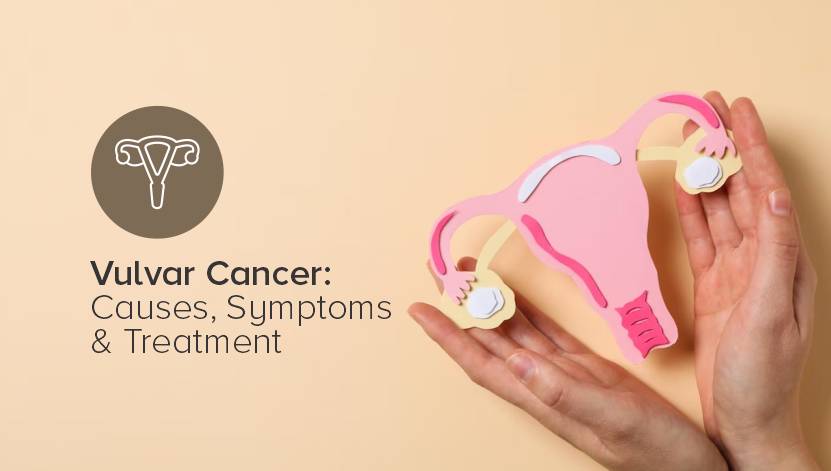
Vulvar Cancer: Causes, Symptoms & Treatment
2023-12-27
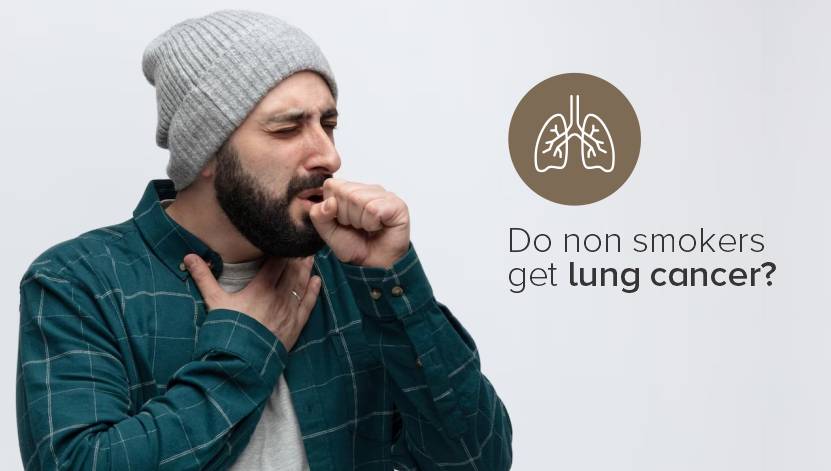
The Truth About Non-Smokers and Lung Cancer
2023-12-14

6 Ways You Can Prevent Kidney Cancer
2023-10-10

Rectal Cancer Treatment
2023-01-24

A Unique case of Hyper-IgE Syndrome
2022-01-21
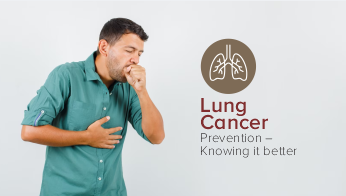
Lung Cancer Prevention – Knowing it better
2021-11-30

Breast Cancer – Beyond the basics
2021-10-30

World Brain Tumour Day 2021
2021-06-18
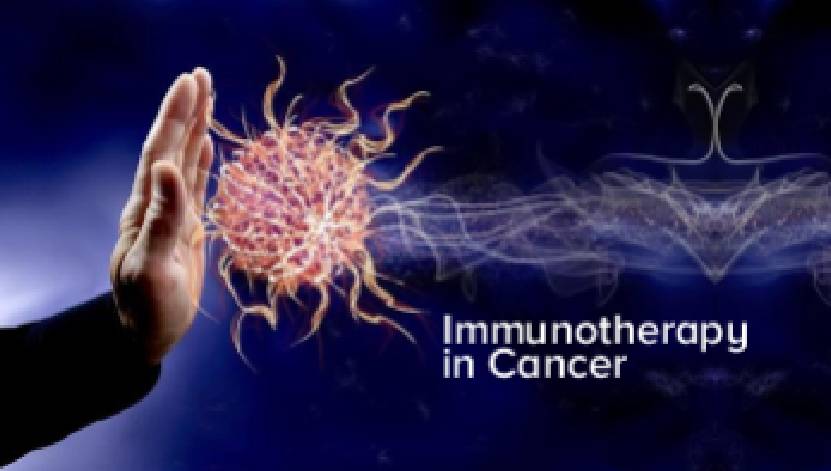
Immunotherapy in Cancer
2021-05-13

Surgical Management of Breast Cancer
2021-04-14

Know More About the Cancer
2021-01-27

Breast Cancer Recurrence
2020-04-07

Giant cell tumor of bone (Osteoclastoma)
2020-04-01

Immunotherapy in lung cancer
2020-04-01

Understanding Cervical Cancer
2020-03-13

Radiotherapy in Head and Neck Cancer
2020-02-04
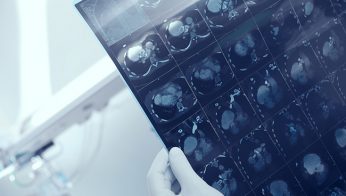
PET/CT SCAN
2018-11-29

Common Misconceptions About Breast Cancer
2018-10-15

Things you need to know about thyroid cancer
2018-09-12
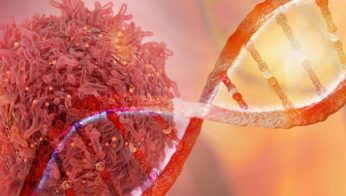
Now this: personalised cancer treatment
2018-08-30
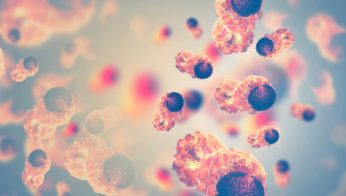
A complete lowdown on cancer
2018-08-16

Fight breast cancer with advanced treatment
2018-07-30
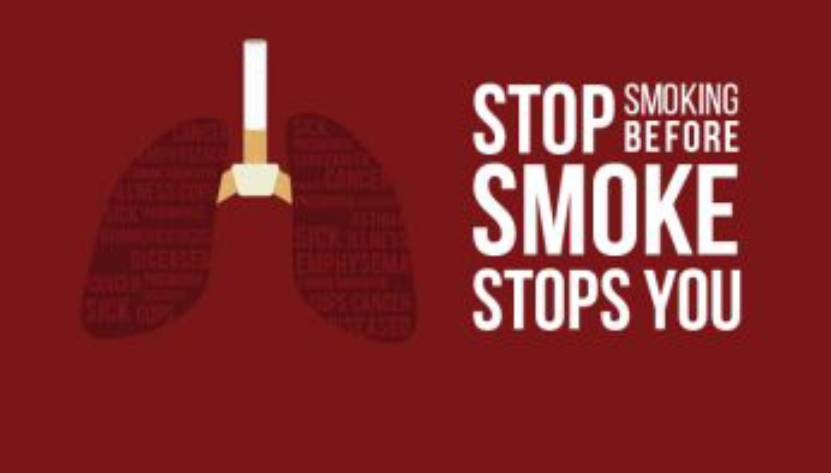
World no tobacco day
2018-05-31

Cancer Facts
2018-04-05

Steps to reduce the risk of cancer
2018-04-05

Dietary habits and cancer
2018-04-05

Physical activity and cancer
2018-04-05

Most Common Cancers Affecting Women
2018-03-28
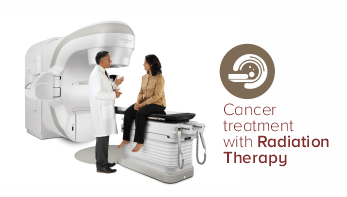
Cancer treatment with radiation therapy
2018-03-28


